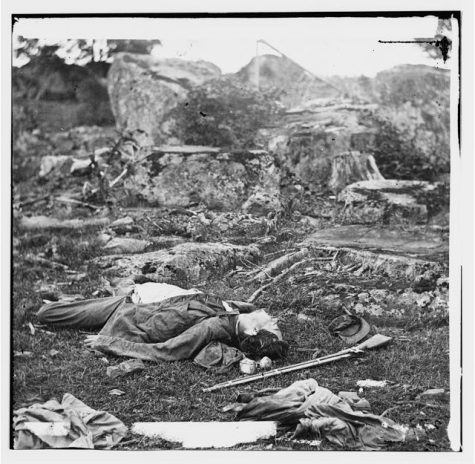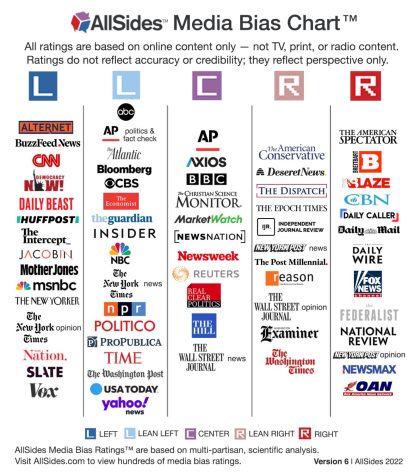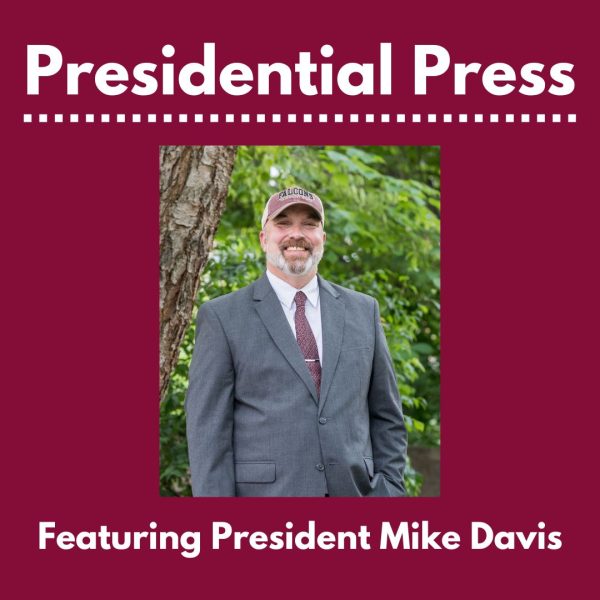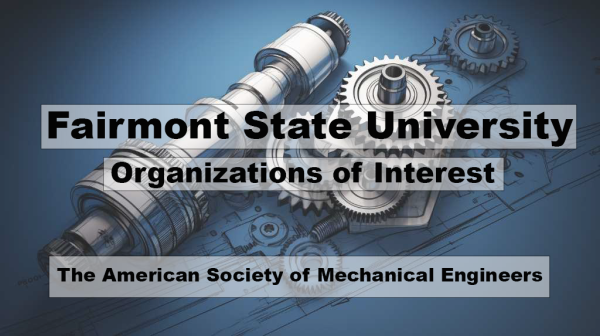What is Misinformation?
This article is the first part of a three-part series discussing important terms that all mindful media consumers should know. In recent years, news has become more confusing because of words like “misinformation”, “fake news”, and the lesser-known “disinformation.” Now people keep asking which news sources they can trust and what stories are factual. But it is possible to distinguish the fabricated from the real. All it takes is some basic understanding and research to become a more informed news consumer.
One important fact to note is that “misinformation” and “fake news” are two separate terms, but this article’s focus is on misinformation. Dictionary.com defines misinformation as “false information that is spread, regardless of whether there is intent to mislead.” While people might spread misinformation, that does not necessarily mean they are motivated to misinform others. Instead, people who spread misinformation are usually just ignorant of the topic they are sharing and don’t realize that they are spreading false or twisted information.
So how can individuals guard themselves against accidentally becoming a misinformation spreader? First, it is essential to be aware of news organizations’ biases. According to Metropolitan Community College, news bias is “when journalists or news organizations allow their own opinions to affect the news that they report and the way that they report it.” It is important to pay attention to biases in the news because organizations might lean to the left or the right and collect information that already agrees with their side. Mindful media consumers should acknowledge that sources tend to lean toward the left or right and adjust the information they consume accordingly. Sometimes it is helpful to look at a media bias chart like this one from AllSides.
Finally, it is helpful to look at historical examples of misinformation to understand this concept better. One example is from 1863, about a photographer named Alexander Gardner. He took photographs of Civil War battlefields. Specifically, one of his photographs, called “Gettysburg, Pa. Dead Confederate soldiers in ‘the devil’s den’” can be misleading. This photograph can be used as an example of misinformation because records from the Library of Congress believe that Gardner moved the dead man’s body in this photograph to a different location and used a prop gun to set the scene. This photograph is a simple case of misinformation where Gardner’s motives weren’t dishonest; instead, his motives were artistic. Despite his motives, he ended up portraying these photographs in a way that people thought they were realistic or how the bodies were actually found. Because of photographs like these, present-day photographers must put any changes or alterations in the photograph description.
I hope that you will be able to become a better-informed media consumer with this information about biases and misinformation. Keep an eye out for the two other articles a part of this series, and please leave your thoughts in the comment section below! 













Ashleigh D // Apr 10, 2022 at 5:52 pm
This was a great article! It was fascinating to learn what misinformation is, and it was presented in a way that made clear sense. The chart showing the biases of certain media outlets was a great addition to the post as well!
Catie // Apr 10, 2022 at 3:47 pm
Good read. Will be looking forward to the next two articles.
Molly Simpson // Apr 9, 2022 at 8:41 pm
Thank you for such an insightful article!